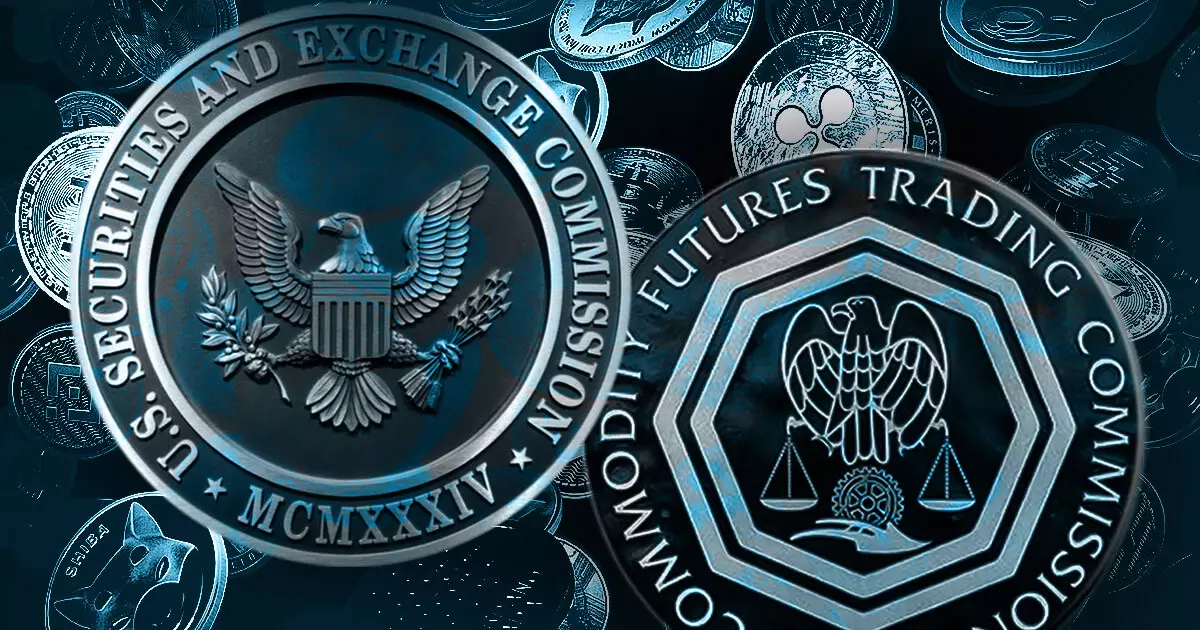In an evolving digital economy, the regulatory frameworks governing cryptocurrencies and other digital assets are gaining momentum. Recent reports suggest that the U.S. Securities and Exchange Commission (SEC) and the Commodity Futures Trading Commission (CFTC) are contemplating a collaborative strategy to address the complex realm of digital asset regulation. Fox Business Journalist Eleanor Terret revealed on February 13 that this initiative may involve revitalizing the previously dormant CFTC-SEC Joint Advisory Committee (JAC). Established in 2010 to tackle common regulatory challenges, the JAC fell inactive in 2014 due to leadership changes, highlighting a prior disconnect between the two agencies working with overlapping jurisdictions.
The original formation of the JAC stemmed from the necessity to mitigate emerging financial risks and harmonize regulatory approaches. A report from 2009 further articulated a vision for comprehensive oversight that could adapt to the rapidly changing financial landscape, identifying potential risks and their implications for investors. The JAC was intended to serve as a conduit for dialogue and cooperation between the SEC and CFTC, urging collective efforts in an era of financial innovation. As digital assets proliferate, the imperative for such alignment has become more pronounced.
Shifting Regulatory Paradigms
The current climate of regulatory scrutiny hints at a gradual transformation in how financial authorities address cryptocurrency. Notably, acting CFTC Chair Caroline Pham has been a vocal proponent of reinstating the JAC, emphasizing that its revival could facilitate more effective navigation of jurisdictional ambiguities surrounding digital assets. Both regulatory bodies appear increasingly amenable to collaborative discussions, signaling a departure from an enforcement-centric approach that has characterized past dealings. This shift represents a more proactive stance focused on policy formation, which is critical as digital assets gain acceptance and market share.
Both the SEC and CFTC are introducing initiatives aimed at fostering a more structured regulatory environment. For instance, the CFTC has launched a pilot program examining the use of tokenized non-cash collateral, such as stablecoins, within derivatives trading. This exploratory approach indicates a willingness to engage with market innovations while seeking to maintain protective measures for investors. Concurrently, the SEC, under new leadership, is steering away from the aggressive enforcement strategies championed by former Chair Gary Gensler. Commissioner Mark Uyeda’s administration has reached out to industry stakeholders for input on regulatory matters, embedding a collaborative ethos within the agency’s operations.
The formation of the new Crypto Task Force led by Commissioner Hester Peirce underscores a commitment to establishing transparent and predictable guidelines for the cryptocurrency sector. These measures aim to alleviate the legal ambiguities that have historically impeded progress in the industry. By uniting efforts through initiatives like the JAC and cultivating open dialogue between regulators and the cryptocurrency ecosystem, U.S. regulatory bodies appear to be laying the groundwork for a balanced framework that not only promotes economic growth but also safeguards market integrity. This collaborative endeavor could ultimately shape the future of digital asset regulation, creating a more certain environment for innovation and investment.


Leave a Reply